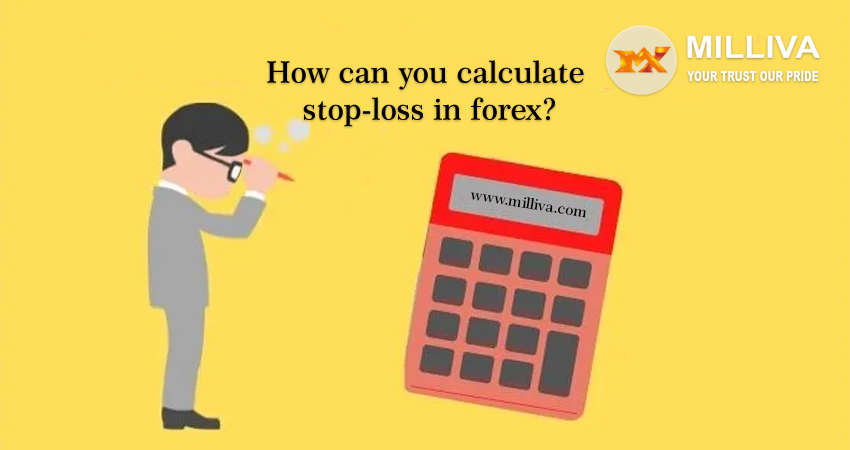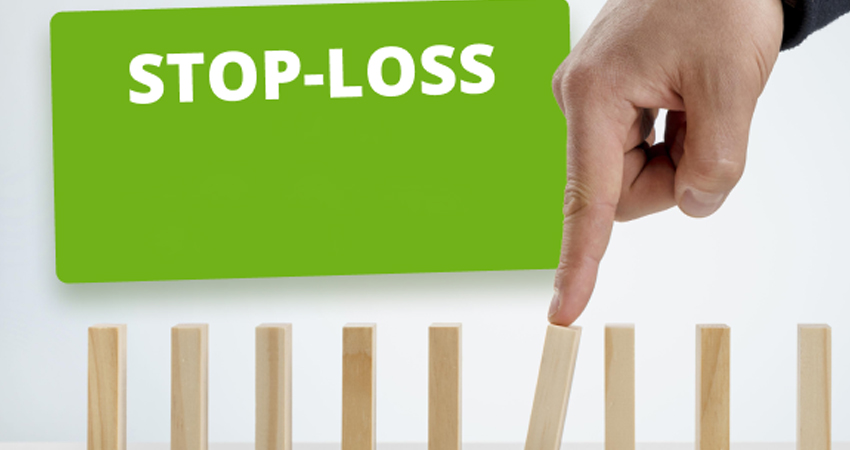How to Calculate Stop Loss in Forex?

![]()
Stop-loss is a metric that shows you how much money you stand to lose on a deal. It’s critical to calculate stop losses ahead of time so that you’re ready if a transaction changes direction. A stop-loss order helps reduce the loss. If the price of an asset moves in the opposite direction of the projected movement. By making the transaction unprofitable.
What is Stop loss in Forex Trading?
A stop-loss order is a sort of order use in forex trading to restrict a trade’s losses. A ‘stop order’ or a ‘stop-market order’ is another name for it. A deal concluded at a loss as a result of the order. It is a request from a trader to their trading business or broker to execute a deal. When the market price is at a certain price level that is less favorable than the trader’s entrance price. No forex trader wants to lose money. But because losses are unavoidable in trading, it is preferable to keep losses minimal and limit risk exposure.
Calculating Your Positioning:
Stop-loss position can be established in two ways: account-dollars at risk and cents, ticks, or pips at risk. The account-dollars-at-risk strategy gives you a lot more information. Since it tells you how much of your account you’ve put in danger on the deal. It’s just as important to maintain track of the pennies, pips, and ticks that are in danger. But it’s more beneficial for relaying information. If you had a stop at X and a long enter at Y, you would compute the difference as follows:
Y – X = risk in cents/ticks/pips
If you purchase an asset for $10.05 and put a stop-loss order at $9.99, you’re risking six cents per share. You risk 6 pips per lot if you short the EUR/USD forex currency pair at 1.1569 with a stop-loss at 1.1575.
This figure is useful if you need to communicate where your orders are or how far your stop-loss is from your entry price. However, it does not reveal how much of your account you (or someone else) have risked on the deal.
You’ll need to know the cents, ticks, or pips at danger, as well as your position size, to figure out how much of your account is at risk. You have $0.06 risk per share in the asset example. Assume you have 1,000 shares in your stake. Your total risk on the investment is $0.06 multiplied by 1,000 shares, or $60. (Plus commissions).

Real-time Example:
You’re risking 6 pips on the EUR/USD, and if you’re trading 5 mini lots, your dollar risk is calculated as follows:
Risky pips X Position size X pip value
OR
6 pips at risk multiplied by $1 per pip multiplied by 5 mini lots equal $30 risk (plus commission)
In a futures position, your dollar risk is calculated in the same way it is in a forex transaction, only instead of pip value, you use tick value. If you purchase the E-mini S&P 500 (ES) 500 at 1,254.25 and set a stop-loss at 1,253, you’re risking 5 ticks at $12.50 each. If you buy three contracts, your dollar risk is calculated as follows:
5 ticks x $12.50 per tick x 3 contracts (plus commissions)
=$187.50





